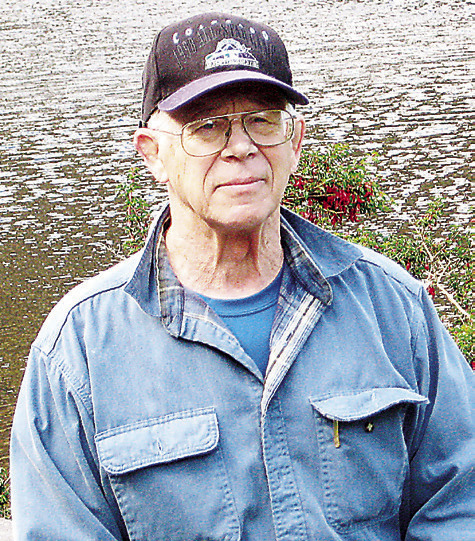In the running circles, it seems that if a person runs a marathon they are then a “dedicated runner.” It doesn’t matter if they only ran one and had a very slow time. The main fact was that they ran a marathon. The percentage of runners that run a marathon was at one time about 15% of the total number of runners. I think it might be a little higher now as runners are now more concerned with running a marathon as a challenge and not worrying that they have to be an Olympic caliber runner to run that distance. Training for a marathon is a very time consuming effort for a runner.
Watching a marathon is a good three-hour time frame. It ranks right up there with watching the Indy race cars or NASCAR races for that time frame. I don’t know why people watch the repetition of people and cars doing the same thing for three hours. It is not the same as watching football, basketball or baseball where the action changes every minute. But watching the Olympic marathon on television in the middle of the night brings on a whole new perspective. It makes the next day a real challenge too. And then to do the same thing the next night makes it even more of a question of that viewer’s sanity. But, that is what I did on the last two nights of competition in the Olympics. It took me a couple of days to recover my alert daytime energy. I could have watched it the next morning on replay, but it is not the same thing.
Watching a marathon is not so much watching a group of elite runners run as it is to watch the strategy of the race and the attrition of runners during the race. Both the men’s and women’s marathon race had a large number of runners at the halfway mark. The pace seems easy watching the runners, but in reality, it is a faster pace than the large majority of runners are used to. At about mile 15 the number drops down to 12 – 15 runners. At mile 18, the number drops to 8 runners. At mile 20, it is closer to six runners. Then at mile 23, it is down around four runners. And that is when it comes down to which of the last few runners can hold that pace and even have a finishing kick after running 26 miles. For the medal winners in the men’s marathon, the difference in time was less than a minute. Tamirat Tola, from Ethiopia, finished first in 2:06:26 for a new Olympic record. Bashir Abdi finished second in 2:06:47 and Benson Kipruto, from Kenya, finished in 2:07:00. The last 365 yards was where it came down to which of the last remaining runners could hold that fast pace and win the gold medal. The two American runners, Conner Manz and Clayton Young, came in 8th and 9th place with times of 2:08:12 and 2:08:44.
The women’s marathon was a similar viewing. A large group at the halfway mark and then the gradual attrition of runners not being able to hold that faster pace. The women’s finish was one of the best to watch that I have seen. There were four runners left near the finish. Then three and finally the last two with about 150 yards to go. With a little jostling the two women took off on a sprint. Watching the fast finish was now a matter of which of the two women wanted it the most. Sifan Hassan, from the Netherlands, broke free and won by three seconds in 2:22:55 followed by Ethiopian Tigst Assefa in 2:22:58. Third place went to Helen Obiri, from Kenya, in 2:23:10. All three finished within 15 seconds of one another. The first five marathon runners finished within one minute of each other. For a marathon viewer, it was an exciting race to watch. Dakotah Lindrum, from the USA, finished in 2:26:44 for 12th place.
Watching the athletes in the Olympics and the outstanding performances that were being produced made one interview of an American gold winner a reason why there are so many great performances in all of the sports. I am not sure of the exact quote, but it went something like this. When she was asked, “What does it take to win a gold medal?” She said, “It was hours, and hours, and hours and hours of practice along with support from coaches, family and friends that made it possible.” It is this dedication and extremely hard work at practice that viewers never see. They see the end result of the many hours and sacrifices these athletes made to achieve this one short moment of fame not realizing the efforts the athlete has made to be in this position. Whether it is for the Olympics or a position on a high school or college athletic team it comes down to the hours of practice and sacrifices that these athletes have put in to be able to be on the team. That is what makes an athlete successful.

Moe Johnson Running with Moe


